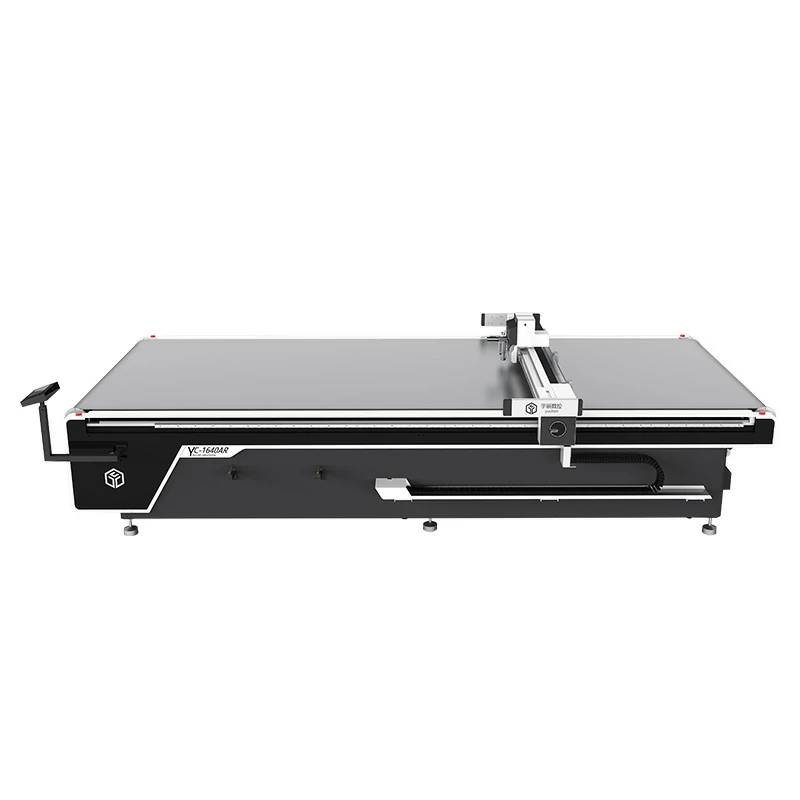A hollow board cutting machine, also known as a CNC (Computer Numerical Control) cutting machine, is typically used for cutting a variety of materials, including fabrics of different widths and thicknesses.
Here’s how it handles fabrics with varying dimensions:
- Adjustable Cutting Parameters: Hollow board cutting machines are equipped with software that allows users to adjust cutting parameters such as cutting speed, cutting depth, and tool pressure. By customizing these parameters, operators can optimize the cutting process for fabrics of different thicknesses, ensuring clean and precise cuts without damaging the material.
- Automatic Tool Change: Some advanced hollow board cutting machines feature automatic tool changers that allow for seamless transition between different cutting tools. This capability enables the machine to switch between cutting blades or tools optimized for cutting fabrics of varying thicknesses, ensuring optimal cutting performance and efficiency.
- Material Handling Systems: Hollow board cutting machines may incorporate material handling systems such as conveyor belts or rollers to support and transport fabrics during the cutting process. These systems are designed to accommodate fabrics of different widths and lengths, hollow board cutting machine providing stability and ensuring uniform cutting across the entire material surface.
- Multi-Zone Cutting Beds: Some hollow board cutting machines feature multi-zone cutting beds with adjustable vacuum zones or clamping systems. These systems allow operators to secure fabrics of different sizes and thicknesses firmly in place during cutting, preventing slippage or movement that could affect cutting accuracy.
- Advanced Sensor Technology: Modern hollow board cutting machines may be equipped with advanced sensor technology, such as laser sensors or vision systems, that can detect the dimensions and thickness of the fabric automatically. This information is used to adjust cutting parameters and optimize cutting paths for each specific material, ensuring precise and efficient cutting.
- Customized Cutting Paths: Hollow board cutting machines can be programmed to follow customized cutting paths tailored to the dimensions of the fabric being processed. Using CAD (Computer-Aided Design) software, operators can create cutting patterns that maximize material utilization and minimize waste, regardless of the fabric’s width or thickness.
- User-Friendly Interface: The control interface of hollow board cutting machines is typically user-friendly and intuitive, allowing operators to input fabric dimensions and cutting parameters easily. This simplifies the setup process and ensures that the machine can handle fabrics of different widths and thicknesses with minimal effort.
Overall, hollow board cutting machines are versatile and adaptable tools capable of handling fabrics of varying dimensions with precision and efficiency. By incorporating adjustable cutting parameters, advanced sensor technology, and customizable cutting paths, these machines can accommodate a wide range of fabric sizes and thicknesses, making them ideal for diverse cutting applications in industries such as textiles, apparel, upholstery, and packaging.
